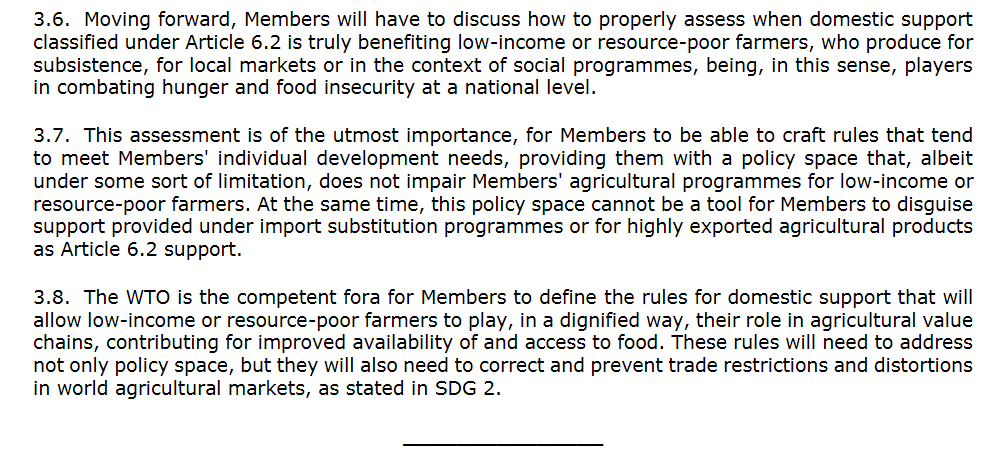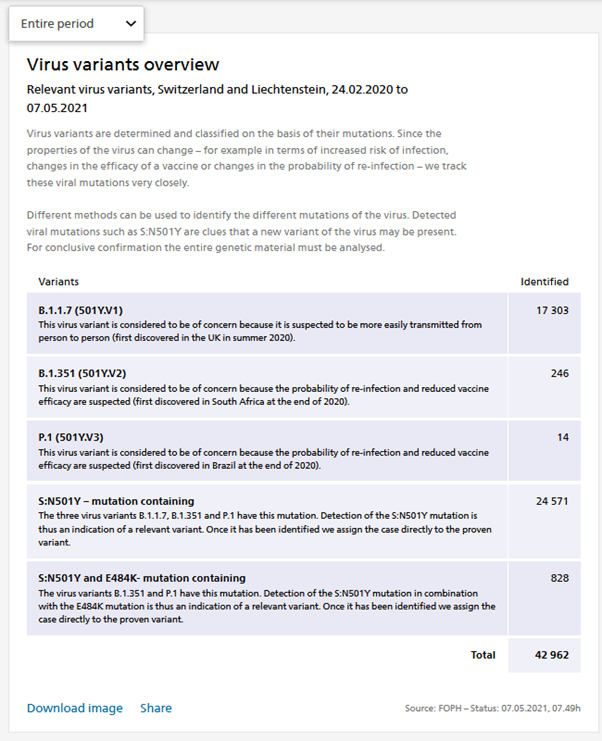
UK hit trade topic today: #TariffQuotas/#TariffRateQuotas
What are they?
One way to compromise between high protective tariffs and market access
⬇️
Low or zero duty for limited quantities (quotas). Beyond that high tariffs kick in—not “phased in” @nicholaswatt @BBCr4today
1/6
What are they?
One way to compromise between high protective tariffs and market access
⬇️
Low or zero duty for limited quantities (quotas). Beyond that high tariffs kick in—not “phased in” @nicholaswatt @BBCr4today
1/6

That way the two tariff levels allow some market access but keep it limited so some protection remains for local producers
It’s not the only way to compromise. Another: set a medium-level tariff for all imports of that product. But quantities would depend on supply & demand
2/6
It’s not the only way to compromise. Another: set a medium-level tariff for all imports of that product. But quantities would depend on supply & demand
2/6
Advantage of a tariff quota: the limit of low/zero duty imports is known. With a medium tariff it is not known.
Disadvantages: complexity in the way the govt hands out the quota among importers, and “quota rent”—benefits, sometimes huge, to those with a share of the quota
3/6

Disadvantages: complexity in the way the govt hands out the quota among importers, and “quota rent”—benefits, sometimes huge, to those with a share of the quota
3/6


Those screenshots come from this primer on tariff quotas
“In other words the tariff quota is a limit on the quantity eligible for lower duty”
4/6 tradebetablog.wordpress.com/2018/09/08/beg…
“In other words the tariff quota is a limit on the quantity eligible for lower duty”
4/6 tradebetablog.wordpress.com/2018/09/08/beg…
This week, the discussion is about using them in a UK-Australia trade deal
They cropped up before, when other countries objected in the WTO to proposed UK and EU27 market access commitments after Brexit—extracting UK portions from EU28 quotas
5/6 tradebetablog.wordpress.com/2018/09/12/hap…
They cropped up before, when other countries objected in the WTO to proposed UK and EU27 market access commitments after Brexit—extracting UK portions from EU28 quotas
5/6 tradebetablog.wordpress.com/2018/09/12/hap…
By the way, where are those talks on quotas with others in WTO?
The EU says: talking to 21, settled with 8 (some changes from proposed quotas)—Cuba, Norway, Thailand, Indonesia, Australia, Pakistan, Argentina, US
No such transparency from the UK😢
6/6 tradebetablog.wordpress.com/technical-note…
The EU says: talking to 21, settled with 8 (some changes from proposed quotas)—Cuba, Norway, Thailand, Indonesia, Australia, Pakistan, Argentina, US
No such transparency from the UK😢
6/6 tradebetablog.wordpress.com/technical-note…
P.S. See @SamuelMarcLowe’s brief comment on the impact in broader terms at the beginning of this
https://twitter.com/SamuelMarcLowe/status/1394945310242353152?s=20
PPS. And here's @DmitryOpines
(On tweet 9, I'd add that in CPTPP, five countries have tariff quotas: Canada, Japan, Malaysia, Mexico and Vietnam. So there is a precedent for being in the CPTPP and having tariff quotas)
(On tweet 9, I'd add that in CPTPP, five countries have tariff quotas: Canada, Japan, Malaysia, Mexico and Vietnam. So there is a precedent for being in the CPTPP and having tariff quotas)
https://twitter.com/DmitryOpines/status/1394942626424623104?s=20
• • •
Missing some Tweet in this thread? You can try to
force a refresh
































